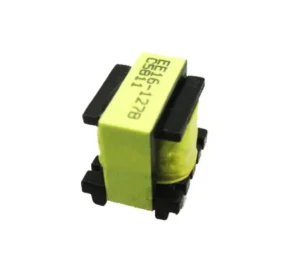
Introduction
Transformer bobbin design is vital for electrical system efficiency and reliability. As a crucial component, it greatly affects transformer performance, necessary for energy distribution and electronics. Yet, engineers encounter challenges, balancing material properties, manufacturing, and industry standards. This demands innovative solutions to optimize design and enhance transformer functionality.
Overview of the Importance of Design in Electrical Systems
Introduction to Common Challenges Encountered
As such, transformer bobbin design is not just about creating a component; it’s about enhancing the transformer’s functionality, longevity, and safety. Addressing these challenges head-on is crucial for the development of transformers that can meet the demands of modern electrical systems and applications.
Material Selection Challenges
Challenges regarding thermal management and material durability
Ensuring efficient heat dissipation and maintaining material integrity are critical for transformer performance.Thermal stress and environmental factors can impact the longevity and reliability of transformer bobbins.